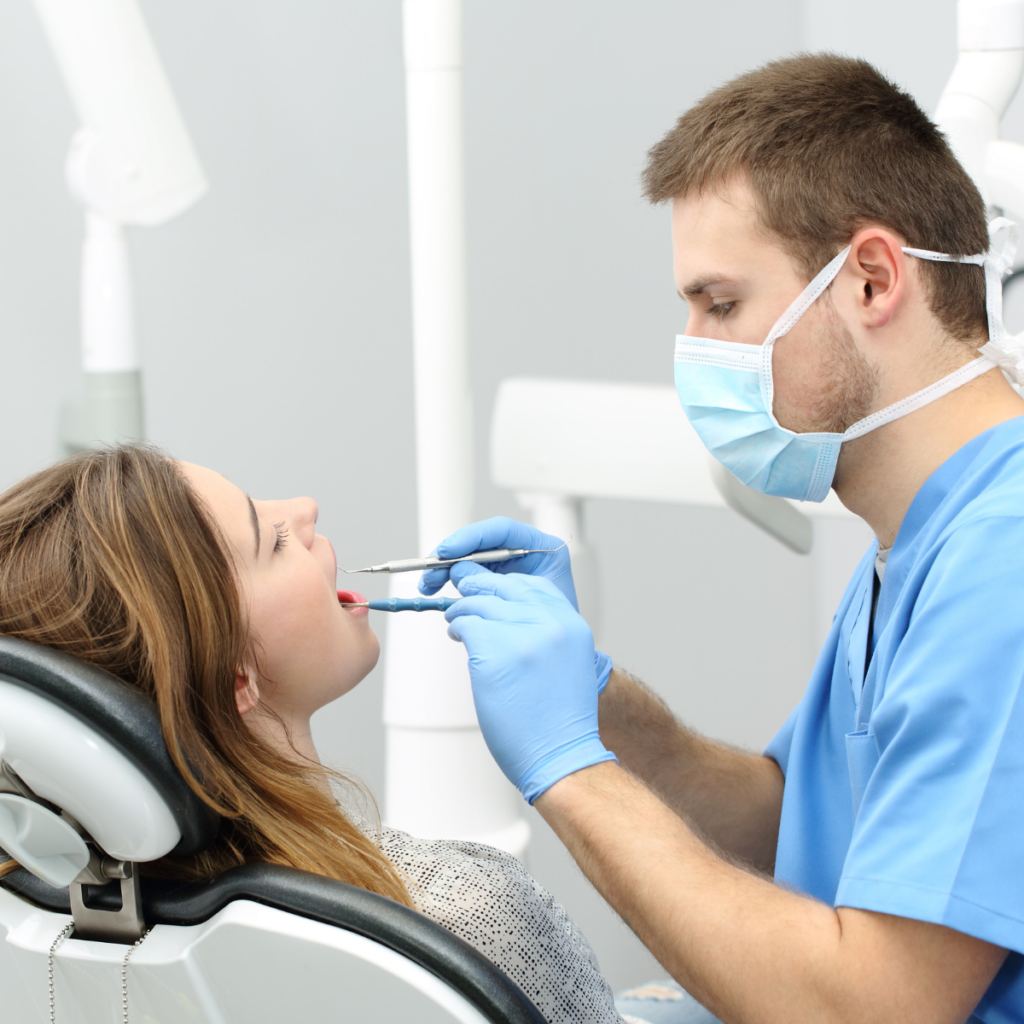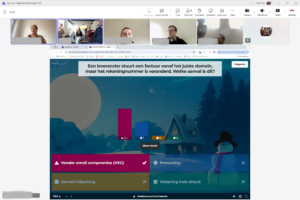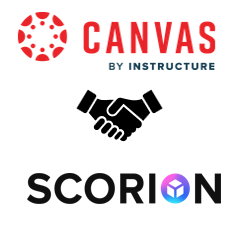EPAs in dentistry: building bridges between theory and practice
Entrustable Professional Activities (EPAs) are an innovative approach in medical and dental education that bridges the gap between theoretical knowledge and practical skills. In dentistry, EPAs are particularly relevant as students need to gain increasing practical experience during their training. EPAs allow defining specific, observable tasks that aspiring dentists are allowed to perform in a clinical setting with progressively less supervision.

What are EPAs?
EPAs describe concrete professional activities that dental students must be able to perform independently over time. They are based on the ability to gain trust from supervisors and are therefore strongly practice-oriented. For example, an EPA in dentistry could be the independent performance of caries treatment. Crucially, students work according to defined levels of competence: from observation to assisted performance to complete independence (1).
Supervision levels in dentistry
The application of EPAs in dentistry has already been established at renowned universities, such as Radboud University Nijmegen, where competency models describe up to 15 core skills in dental education (1). These levels of supervision are clearly structured and offer students the opportunity to gradually increase their independence:
Level 1: Observation without active participation.
Level 2: Performance under direct supervision.
Level 3: Performance under indirect supervision, where the supervisor intervenes only if necessary.
Level 4: Fully independent work.
This graduated model allows for a well-founded and transparent assessment of learning progress and clinical competence.
E-portfolios as support
To track students’ performance and progress, digital e-portfolios such as Scorion are increasingly being used. These digital tools continuously document feedback and assessments on the EPAs performed, giving students and educators a structured overview of the competencies learned. Such e-portfolios not only promote student reflection but also better preparation for exams and clinical requirements (1).
Bridge between theory and practice
EPAs serve as a bridge helping students transfer theoretical knowledge acquired in the lecture hall to clinical practice. The gradual transfer of responsibility ensures that aspiring dentists not only acquire professional skills but also learn to act safely in a real clinical environment (1).
By combining EPAs with digital e-portfolios, students receive a clear structure for their education and can work specifically on their independence and clinical skills.
Conclusion
The use of EPAs in dentistry helps to meaningfully connect theory and practice and best prepare students for everyday professional life. In conjunction with modern e-portfolios like Scorion, not only is the learning curve managed, but transparency and objectivity in assessing clinical skills are also increased. EPAs thus create a sound basis for high-quality dental education.



